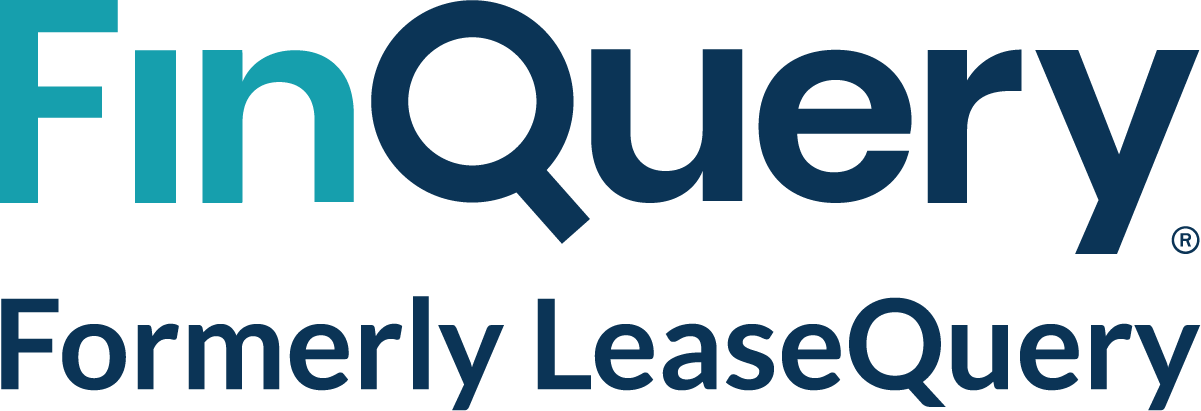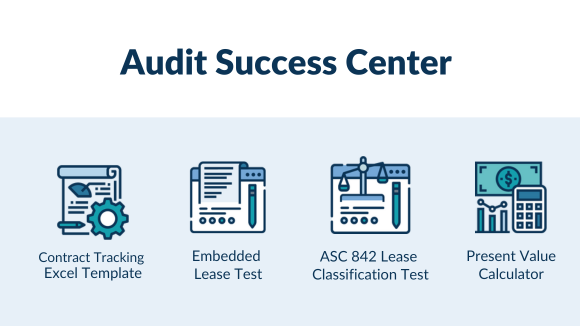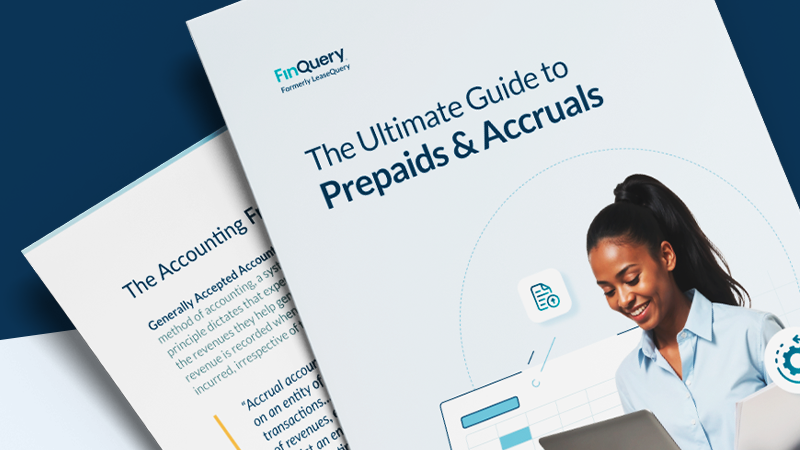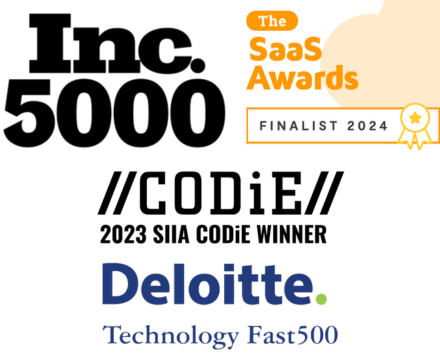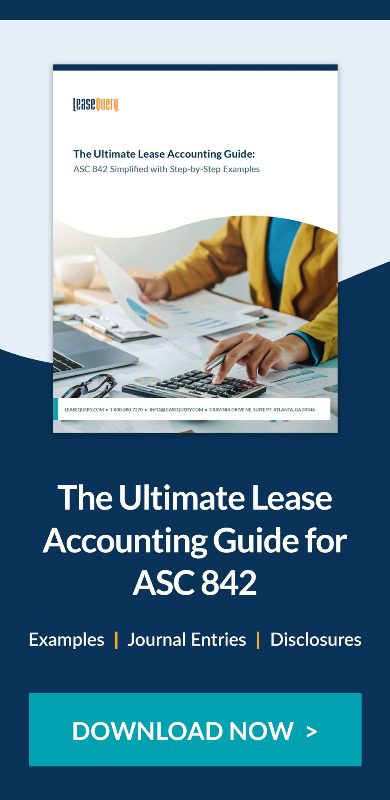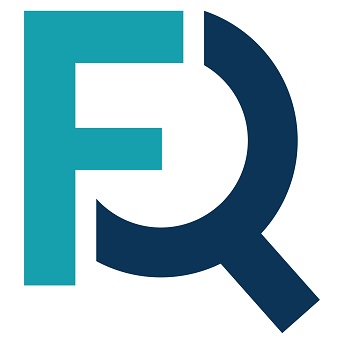Transitioning to ASC 842 can be scary. The new standards are starting to spook private organizations as they begin the implementation process. The good news is, you don’t have to navigate the unknown alone. Every good team, like the Ghostbusters or Scooby-Doo and the Mystery Inc. Gang needs teamwork to solve the spooky mystery in front of them.
We have a few tips to help you successfully complete the mysterious transition process and make your way to the safety of compliance. You can download our transition survival kit to ensure you take the most protected path to compliance and beyond.
Map your way to compliance
When you are in the beginning stages of your transition preparation, the path to compliance seems unnerving. Before you head into the woods, you need a plan on how you’re going to get through. You don’t want to get lost in the dark without the tools you need to make it to the other side.
Who will lead the transition?
Before solving the mystery of the new standards, you need to pick a person to lead you through the process. Just like the Mystery Inc. gang has Fred to lead Scooby and the others to safety, your team’s point person will help you find the clues that lead to compliance. Whether an advisor or a member of your accounting staff, this person will oversee the transition.
Collect all of your lease contracts
To successfully solve the new standards, you have to have all of your lease data in one place, accessible throughout the organization. It’s hard to know what exactly you are facing without all the facts in front of you. The Mystery Gang doesn’t realize the monster is just someone in a mask until they do the proper research first.
You need to gather all of your lease agreements and leased asset data. The person overseeing the transition will consolidate all of the data gathered from each source and check for duplicates, missing agreements for leased assets, and vice versa, just like Velma, Shaggy, Scooby, and Daphne report their findings to Fred so they can unmask the monster. The final list is your lease inventory.
Identify hidden leases
Every good mystery has twists and turns along the way, and the transition to the new lease accounting standards is no different. To record all of your leases correctly, all of your leases need to be identified. You may have to use your detective skills as you search for clues to identify an embedded lease. Use an embedded lease test to determine whether a contract contains a lease.
The threat of non-compliance can creep up on you. You don’t want to be haunted by the hidden leases you failed to identify. To avoid material misstatements under the new standards, you need to find all embedded leases. These properly identified leases are the “secret passages” that will lead you to compliance.
Some clues to assist in identifying embedded leases are rent expense and recurring payments. Compare your total annual lease expense to an extrapolated rent expense for your total lease portfolio. If your total annual rent expense is higher than the estimated rent expense, you may still have some contracts to include in your lease portfolio. Reconcile a listing of your organization’s recurring payments to your lease portfolio. If you are making regular payments to vendors not represented on your lease detail, you may need to review the related contract for an embedded lease.
Expect the unexpected
The Ghostbusters aren’t afraid of ghosts, regardless of what calls they receive. They’re ready for anything. Underestimating the threat before you, whether it’s a ghost or a giant lease accounting transition, is never a good idea. Accounting experts who have undergone the transition have warned others that the process is much more extensive than they expected. There are more than 400 pages of guidance in ASC 842. It takes a while to understand the complexities of the new standards, as well as training your staff.
Just when you think you’re out of the woods, you realize you missed a step. Try your best to prepare for any that come your way. The transition affects so many different departments and functions. It’s important to educate all of the staff involved to prepare them to face the unknown.
A solid understanding of the concepts presented by the guidance is one weapon in your arsenal that will help the standards be more manageable and not as scary as they first seem. Check out these resources to start your education on ASC 842 and GASB 87. As long as you don’t underestimate the gravity of ASC 842 and use the right tools, you will make it out of the woods.
Use a lease accounting software
Ghostbusters don’t go into battle empty-handed. Technology is your friend, whether you’re fighting ghosts or navigating the frightening FASB standards. When solving a mystery, you need the proper tools.
A trusted lease accounting software isn’t nearly as cool as a proton pack, but it contributes to your chances of surviving your transition unscathed. The right accounting software provides many benefits beyond compliance. A lease accounting solution can provide amortization schedules, journal entries, and complicated calculations with a couple of clicks of your mouse. Lease data is compiled within the software and can be consolidated for reporting disclosures or split into the departments, locations, or cost centers for management, budget, or various reports. With the right solution, there won’t be any ghosts from your transition popping up to haunt you in the future.
Summary
Adopting the new standards isn’t nearly as sinister as it sounds when you create a plan and follow the steps outlined above. Ghostly GASB and frightening FASB don’t stand a chance when you use LeaseQuery to navigate your way to the safety of compliance.
Who ya gonna call? LeaseQuery.
